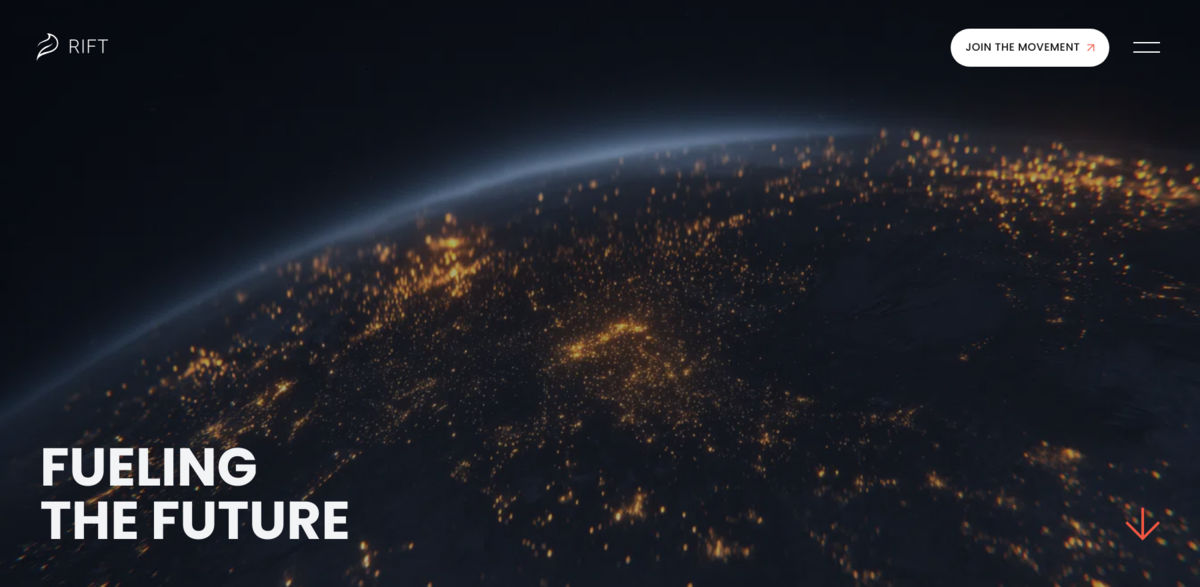What is RIFT and Its Mission?
RIFT, standing for Renewable Iron Fuel Technology, is shaking up the world of industrial heat. Industrial heat is one of the biggest carbon emitters globally, and most of its demand still leans heavily on fossil fuels. Electrification and hydrogen? Sure, they sound great, but for many companies, they’re just not practical — too costly, too slow, or stuck waiting on infrastructure. That’s where RIFT steps in. By transforming iron powder into clean, sustainable heat, RIFT offers a bold, game-changing alternative. This isn’t some far-off dream; it’s happening now. From pilot projects to signed contracts, the movement is gaining real momentum. The goal? Slash one gigaton of CO₂ emissions every year by 2050. Real heat. Zero CO₂. The future of industrial decarbonization is here.
The Main Benefit: Clean, Circular, and Powerful Energy
Iron fuel is not just another energy source — it’s a circular energy carrier that uses fine iron powder. When burned, it releases high-temperature heat without a trace of carbon emissions. What’s left? Just iron oxide, or rust, which can be regenerated back into iron using hydrogen. This cycle is clean, efficient, and endlessly reusable. Here’s the lowdown:
- Industrial heat is a major carbon emitter, and RIFT targets this head-on.
- One gigaton less CO₂ emissions annually by 2050 is the ambitious target.
- Iron fuel burns cleanly, producing no CO₂ emissions.
- Iron oxide byproduct is regenerated with hydrogen, creating a closed-loop system.
- Safe to transport, easy to store, and powerful where it counts.
- Already moving from pilots to commercial contracts.
How RIFT is Changing Industrial Heat
Industries like food & beverage, pulp & paper, and special chemicals have long struggled to decarbonize because their processes demand high temperatures that are tough to electrify or fuel with hydrogen alone. RIFT’s iron fuel technology offers a scalable, efficient alternative that fits right into these sectors. It’s not just about innovation for innovation’s sake — it’s about delivering practical, plug-and-play solutions that industries can adopt today. This means real projects, real impact, and a cleaner future that’s within reach.
The Movement Behind the Technology
RIFT isn’t working in isolation. This is a movement powered by engineers, funders, partners, and policymakers who believe better is possible. From living labs to demonstration plants, progress is a team effort. Collaboration is key — because nothing moves forward alone. The momentum is growing every day, fueled by bold doers and curious minds who challenge the status quo and push the boundaries of what clean industry can be.
Building the Future of Clean Industry
At its core, RIFT is built by people — engineers, developers, strategists, and operators — all driven by a shared purpose. They’re not about vanity projects or shortcuts. Instead, they roll up their sleeves and get to work, combining sharp minds with urgency and ownership. Starting from Eindhoven and scaling globally, this team is just getting started on a journey to ignite a clean fuel revolution that industries actually need.
Project Impact and Sustainable Development Goals
- SDG 7: Affordable and Clean Energy – Providing sustainable heat solutions.
- SDG 9: Industry, Innovation, and Infrastructure – Driving industrial innovation and infrastructure development.
- SDG 12: Responsible Consumption and Production – Promoting circular energy use and reducing waste.
- SDG 13: Climate Action – Directly targeting CO₂ emissions reduction.
- SDG 17: Partnerships for the Goals – Collaborating with partners to accelerate progress.
Looking Ahead: Scaling Innovation and Impact
The journey doesn’t stop here. RIFT is focused on scaling iron fuel solutions across development, operations, and supply chains. It’s about empowering progress by driving regulations and incentives that unlock industrial decarbonization at scale. Capital and support are crucial to accelerate transformative clean energy projects globally. Together, this movement is turning up the heat — without the emissions — and making a real, lasting impact on the planet.





















